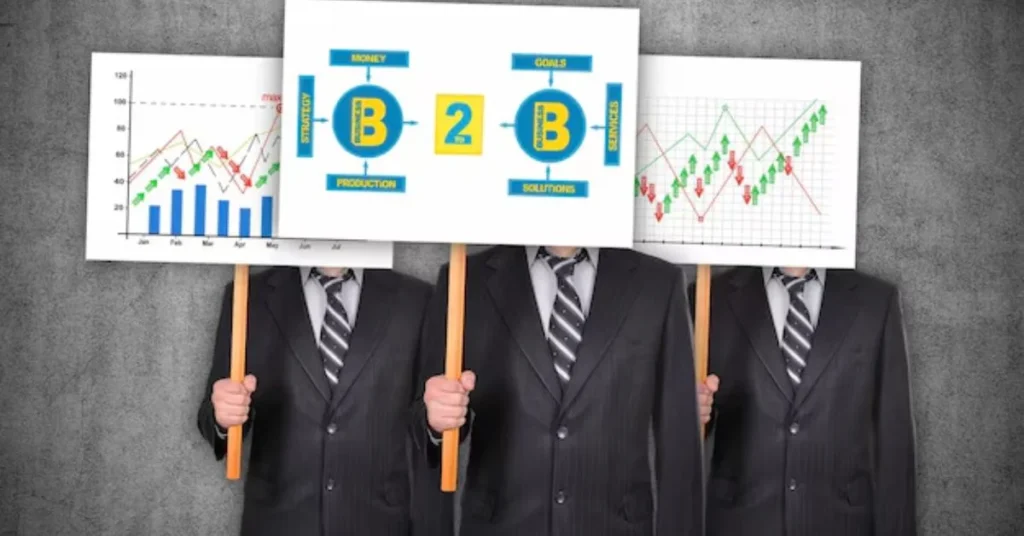
If you’re interested in options trading, learning how to use option block trades to spot unusual options can be a game-changer. Unusual options activity often points to big moves in the market, and savvy investors use these indicators to their advantage. By understanding how to read block trades and spot unusual options activity, you can make smarter investment decisions and get ahead of the curve.
In this post, we’ll break down what option block trades are, how to identify unusual options, and how to use this information to make profitable trades. Let’s dive in!
Must read How to Sell a Car Out of Trade: A Simple Guide for Beginners
What Are Option Block Trades?
Option block trades are large, privately negotiated transactions that happen outside of public exchanges. These trades are typically done by institutional investors like hedge funds or banks and involve a significant number of option contracts.
How to Use Option Block Trades to Spot Unusual Options? Because option block trades are executed off the main exchange, they aren’t immediately visible to everyday investors. However, when these trades are reported, they can reveal valuable insights into market trends and expectations. Investors watch for large block trades because they often reflect a strong position on future market moves.
Why Spotting Unusual Options Activity Matters
Spotting unusual options activity can be an effective strategy for identifying potential price changes in stocks or other securities. When institutional investors make large trades, it usually signals their confidence in a particular movement. In other words, if a hedge fund buys a large number of options for a specific stock, it could indicate they believe the stock price is about to rise or fall significantly.
By paying attention to these movements, you can gain insight into what major players are betting on, potentially giving you an edge in the market.
How to Use Option Block Trades to Spot Unusual Options so Identify Unusual Options Using Block Trades
Step 1: Watch for High Volume on Option Contracts
The first step in spotting unusual options activity through block trades is to watch for high volume. Large orders are a clear indication that an institution is involved, as retail investors rarely make such substantial trades. By tracking options with high volume compared to the average daily volume, you can start to identify unusual activity.

Step 2: Look for Large Open Interest Changes
Open interest refers to the total number of options contracts that are currently open and have not yet been closed. A sudden increase in open interest can be a sign that large investors are entering positions. Monitoring these changes in open interest helps you see where the “smart money” is placing its bets.
Step 3: Monitor Option Premiums and Strike Prices
Another way to spot unusual options activity is by observing the premiums and strike prices of options contracts. When traders pay high premiums, it often means they expect a big price movement in the near future. Additionally, examining the strike prices can give you insight into the expected price range of a security.
Step 4: Use Unusual Options Activity Scanners
To make this process easier, many traders use unusual options activity scanners. These tools can automatically track option block trades, highlight abnormal activity, and show you which stocks have the highest unusual options activity.
Key Indicators of Unusual Options Activity that How to Use Option Block Trades to Spot Unusual Options
1. Implied Volatility (IV)
Implied volatility is a measure of how much the market expects a stock’s price to move in the future. A sudden increase in IV often points to unusual options activity, as large investors may expect significant price changes.
2. Put-to-Call Ratio
The put-to-call ratio is the ratio of put options (bearish) to call options (bullish) on a particular stock. A high put-to-call ratio can indicate bearish sentiment, while a low ratio suggests bullish sentiment.
3. Time and Sales Data
Time and sales data show the timing and volume of trades. By reviewing this data, you can spot when a large block trade occurs, giving insight into the timing of unusual options activity.
4. Unusual Strike Prices
When you see options trades at unusual strike prices (especially far out-of-the-money), it often means traders expect significant movement. Watching for these strike prices can help you predict potential price action.

Example: Using Option Block Trades to Spot Unusual Options
Let’s walk through an example. Suppose you notice a significant block trade for a technology stock, with a large number of call options purchased at a strike price well above the current stock price. This unusual activity may suggest that institutional investors are betting the stock will rise in the near future. As a retail investor, you might decide to investigate further, perhaps even buying call options yourself.
Tools to Track Unusual Options Activity
1. Unusual Options Activity Scanners
These scanners are designed specifically for tracking unusual options activity and can save you time. Popular options include tools like Thinkorswim, Barchart, and Market Chameleon.
2. Time and Sales Tools
Using time and sales tools available on platforms like E*TRADE and TD Ameritrade, you can monitor large trades as they occur. This is useful for spotting unusual block trades.
3. Options Chains on Brokerage Platforms
Most online brokers have an options chain feature where you can view the open interest, volume, and premiums for various options. This helps you track activity directly within your brokerage account.
Risks and Rewards of Using Block Trades to Spot Unusual Options
Benefits
- Potential for High Returns: Spotting unusual options can offer high rewards if you’re correct in your assessment.
- Market Insight: Watching large trades can give you clues about upcoming market trends.
- Easier Decision-Making: When major players take a position, it often indicates high conviction.
Risks
- False Signals: Not all large trades indicate future price movements, as some may be hedges.
- Complexity: Options trading and block trade analysis require a learning curve and market understanding.
- Market Conditions: Rapid changes in the market can make predictions based on unusual options activity less reliable.

Conclusion
Understanding how to use option block trades to spot unusual options can be a valuable tool in an options trader’s toolkit. By watching large trades, unusual strike prices, and shifts in open interest, you can anticipate big market moves and position yourself strategically. With the right tools and insights, you can gain an edge in the market, following the activity of institutional investors and potentially profiting from their high-conviction trades.
While there are risks to this strategy, combining unusual options tracking with thorough research can improve your chances of making profitable trades. Consider starting with smaller trades as you build your understanding, and always use risk management techniques.
How to Use Option Block Trades to Spot Unusual Options so By mastering the art of spotting unusual options through option block trades, you can make informed and strategic trading decisions. Click here for more information.
FAQs about How to Use Option Block Trades to Spot Unusual Options
What are option block trades?
Option block trades are large trades negotiated privately, often by institutional investors, outside the main public exchanges.
Why is unusual options activity significant?
Unusual options activity can signal market expectations about significant price movements. Following these clues can provide insight into market sentiment.
How can I track unusual options activity?
You can use tools like unusual options scanners, time and sales data, and brokerage options chains to track unusual activity.
Can retail investors profit from spotting unusual options activity?
Yes, retail investors can potentially profit if they interpret unusual activity correctly and the stock moves as anticipated.
What risks are involved in trading based on unusual options activity?
The risks include false signals, market volatility, and the complexity of interpreting institutional trading patterns accurately.







